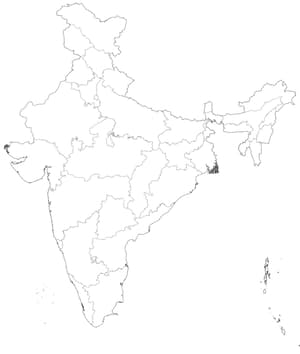MEDIUM
10th CBSE
IMPORTANT
Earn 100
On the given political Map of India mark the places where the following sessions of the Indian National Congress took place:
(a) Calcutta
(b) Madras
(c) Nagpur



Important Questions on Nationalism in India
HARD
10th CBSE
IMPORTANT
Discuss the contribution of the business classes in the Civil Disobedience Movement?
HARD
10th CBSE
IMPORTANT
Which movement was launched by Mahatma Gandhi after the failure of the Cripps Mission? Explain the movement.
HARD
10th CBSE
IMPORTANT
How did reinterpreting history contribute to creating a feeling of nationalism during the freedom movement?
HARD
10th CBSE
IMPORTANT
Discuss the Quit India Movement and various events of the movement.
HARD
10th CBSE
IMPORTANT
Identify the correct option that describes the act given below.
i. The Act was passed by the Imperial Legislative Council.
ii. It gave power to the government to repress political activities.
iii. It empowered the government to detain political prisoners without trial.
HARD
10th CBSE
IMPORTANT
Arrange the following statements in sequential order based on the events that shaped the Non-cooperation movement.
i. General Dyer opened fire at the large crowd gathered in the enclosed ground of Jallianwala Bagh.
ii. “Forced recruitment” carried out by the British government and the economic hardships faced by the people during the first world war.
iii. The defeat of the Ottoman Emperor of Turkey led to the formation of the Khilafat movement.
iv. Gandhiji launched a nationwide satyagraha against the Rowlatt act.
HARD
10th CBSE
IMPORTANT
Two places A and B have been marked on the given outline map of India.
Identify them and write their correct names on the lines drawn near them.
i. Indian National congress session at this place in .
ii. The place where Mahatma Gandhi broke the salt law.

